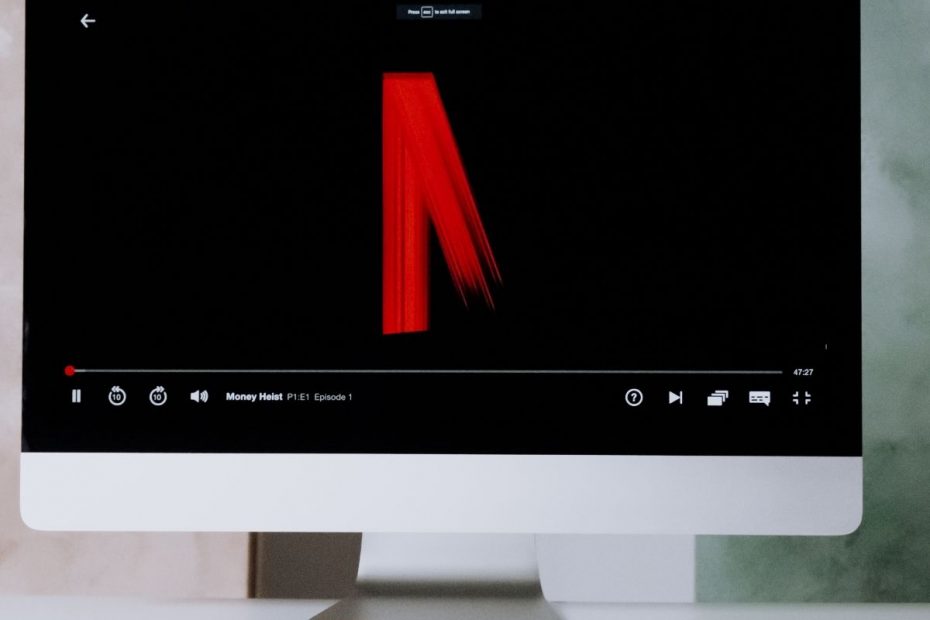There has been much discussion around what Netflix has to gain from launching a linear tv service as part of an experiment in France. Some cite reasons such as facilitating content discovery for viewers by introducing them to content they may not have sought themselves, others cite the desire to satisfy their fastest growing demographic (the 45-55 age group) that is more familiar with linear channel delivery.
Whatever Netflix’s motivations, alarm bells should ring for traditional broadcasters. Many broadcasters have rightly shifted their focus in recent years to the launch of non-linear services in order to offer viewers the “always on” experience that Netflix so successfully introduced over a decade ago. However, in the move to shift their investments and structure around the delivery of non-linear services, broadcasters should be careful to ensure linear channels are fully optimised rather than being eclipsed.
Some reasons for optimising linear channels.
- Leveraging the power of the fully integrated Marketing Strategy across all platforms – ie., effectively using the promotional space on one platfform to promote content on another platform with the aim of keeping viewers within the same brand ecosystem and thereby capturing a greater slice of the attention pie
- Offering viewers a “shop window” of content, ie, introducing new content or content that they would not necessarily have chosen of their own volition and thereby sustaining engagement and retention on other platforms including non-linear ones
- Maximising commercial sales, levaraging the multi-platform bundle
- Strengthening brand by maximising presence across all platforms
- Building viewer loyalty by satisfying the needs of a certain demographic more familiar with linear delivery
What are the requirements for the optimisation of multi-media platforms?
- A robust planning process which puts integration at the heart of its Marketing activities should always begin with strategy. Once Content and Marketing strategies have been established, it’s key to have these translated into achievable, measurable objectives. A good starting point is a 12 month roadmap of promotional messages indicating the place (which platforms they’ll travel on) and the time (a timeline) of when each message will be implemented. This kind of planning is essential for an effective and efficient allocation of resources, especially production resources.
- An effective cross-promotions strategy:leveraging the increased opportunity for cross-platform and cross-channel promotions. The wider the variety of platforms utilised to deliver content, the higher the degree of integration required for an effective Marketing Strategy. This means not only more sophisticated planning of campaigns but also finely tuned measurement of impact across each and every platform.
- A structure which facilitates multi-functional partnership and communication – in other words, a horizontal structure in which multiple functions work across multiple platforms, not a vertical one based on separate functions working on specific platforms.
- Integrated skills, not platform specific skills. Media Planning, for example, needs to incorporate all platforms not just linear to ensure a truly integrated Marketing strategy. All too often media organizations keep their digital teams separate from their linear teams. Staff experienced and literate in measurement metrics across all platforms are a rare asset.
- Tools and systems that facilitate the aggregation of data and metrics across all platforms. The market is woefully lacking an integrated data solution that facilitates the Marketer in gathering and comparing metrics across all platforms in a timely way in order to create a feedback loop for corrective action. All too often data arrives too late for corrective action.
- Knowledge of Channel architecture: whether promotions travel on linear or digital platforms, a deep understanding of how to maximise engagement Vs the constraints of architecture is key to generating innovative solutions to improve performance. Designing a campaign strategy without a solid understanding of the where, when, how and what elements can maximise the quality of the viewer experience will, at best, have limited impact, and at worst may drive loyal viewers away.
- Expertise in audience navigation: knowing how to direct audiences to content (at specific times, to specific channels) is a skill that traditional broadcasters have spent years fine-tuning to maximise engagement on their linear channels. In contrast, content discovery on non-linear platforms remains one of the biggest challenges to improving the viewer experience and engagement. Navigation is one clear area where optimisation of linear skills to build audiences across all platforms would be logical but is often overlooked.
Conclusion
Traditional broadcasters have one clear advantage over non-linear players like Netflix: ownership of the most powerful marketing tool within their business – linear channels – the promotional strength of which should be fully exploited to help the TV business address it’s weaknesses in the non-linear space.
Now that Netflix is poised to launch it’s own linear channel, broadcasters should urgently re-evaluate their linear assets to fully exploit the Marketing potential in this space.
